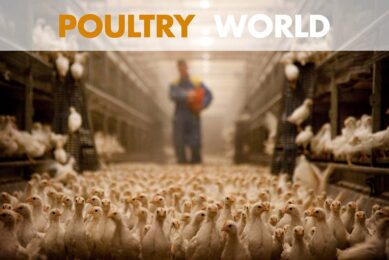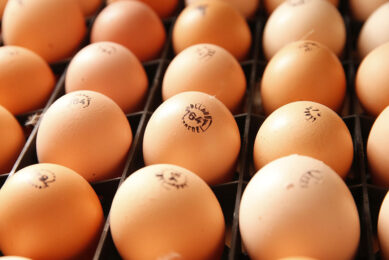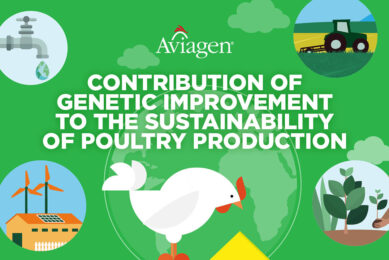Attractive male chickens release fewer sperm
Attractive male chickens release fewer sperm per mating to maximise their chances of producing offspring across a range of females, according to a new paper on the evolution of ejaculation strategies.
The findings by researchers at UCL and the University of Oxford suggest that, paradoxically, matings with attractive males may be less fertile than those with unattractive ones.
In a paper to be published in the journal American Naturalist, the team mathematically modelled a range of male ejaculation strategies to look for the optimum “sperm load” per mating, and how this might vary depending on mating patterns. Previous studies have shown that in animals such as the domestic fowl, and fish such as the Arctic charr, males with privileged access to females produce ejaculates of lower fertilising quality than subordinate males.
“In some species, females mate with many different males. Each male’s sperm competes with that of other males in a process known as ‘sperm competition’. Since males have finite resources to allocate to breeding, they allocate them carefully to each mating to maximise their number of offspring. If a male puts a lot of resources into each mating he will get more offspring per mating, but at the expense of fewer matings. If, on the other hand, a male puts few resources into each mating he will secure less paternity per mating, but will be able to carry out more matings overall. Thus, there is a trade-off between number of matings and success per mating,” said Sam Tazzyman, from UCL CoMPLEX (Centre for Mathematics and Physics in the Life Sciences and Experimental Biology).
“How a male negotiates this trade-off depends on how easy he finds it to attract females. The more attractive a male is, the more females will be willing to mate with him, reducing the value of each mating to him. This means it is optimal for him to contribute fewer sperm per mating. Although this reduces fertility per mating, it maximises the number of offspring he sires overall. Less attractive males secure fewer matings but value each of them more highly, and by allocating more sperm to each mating make the most of their meagre opportunities. This leads to the rather paradoxical prediction that matings with attractive males may be less fertile than those with unattractive males.”
“There are as yet few good examples of this process found in nature, as it has generally been assumed that more attractive or higher quality males will be more fertile. A possible case can be seen in chickens, which in the wild live in groups of varying numbers of males and females. Females mate with many males, so males are subject to sperm competition. However, the attractiveness of a male is determined in large part by his social standing. Males higher up the pecking order find it easier to secure matings with the females, but they transfer fewer sperm to females. In addition, the sperm of dominant birds is less motile and has lower fertilising efficiency than the sperm of subordinate birds. Scientists can artificially change the pecking order, and when this is done, the new dominant male’s sperm quickly loses motility, while that of males reduced to subordinate status increases in motility.”
“Further work in this area should look at males that are similarly attractive, but have different levels of resources to allocate to sperm production, to see how this alters their sperm number and quality. The model should also be expanded to include the effects of short-term sperm depletion, which is known to affect ejaculate content when males re-mate quickly. We also would like to explore whether the lower fertility of attractive males causes females to start avoiding attractive males that mate too often, as these males reduce their fertility.”













